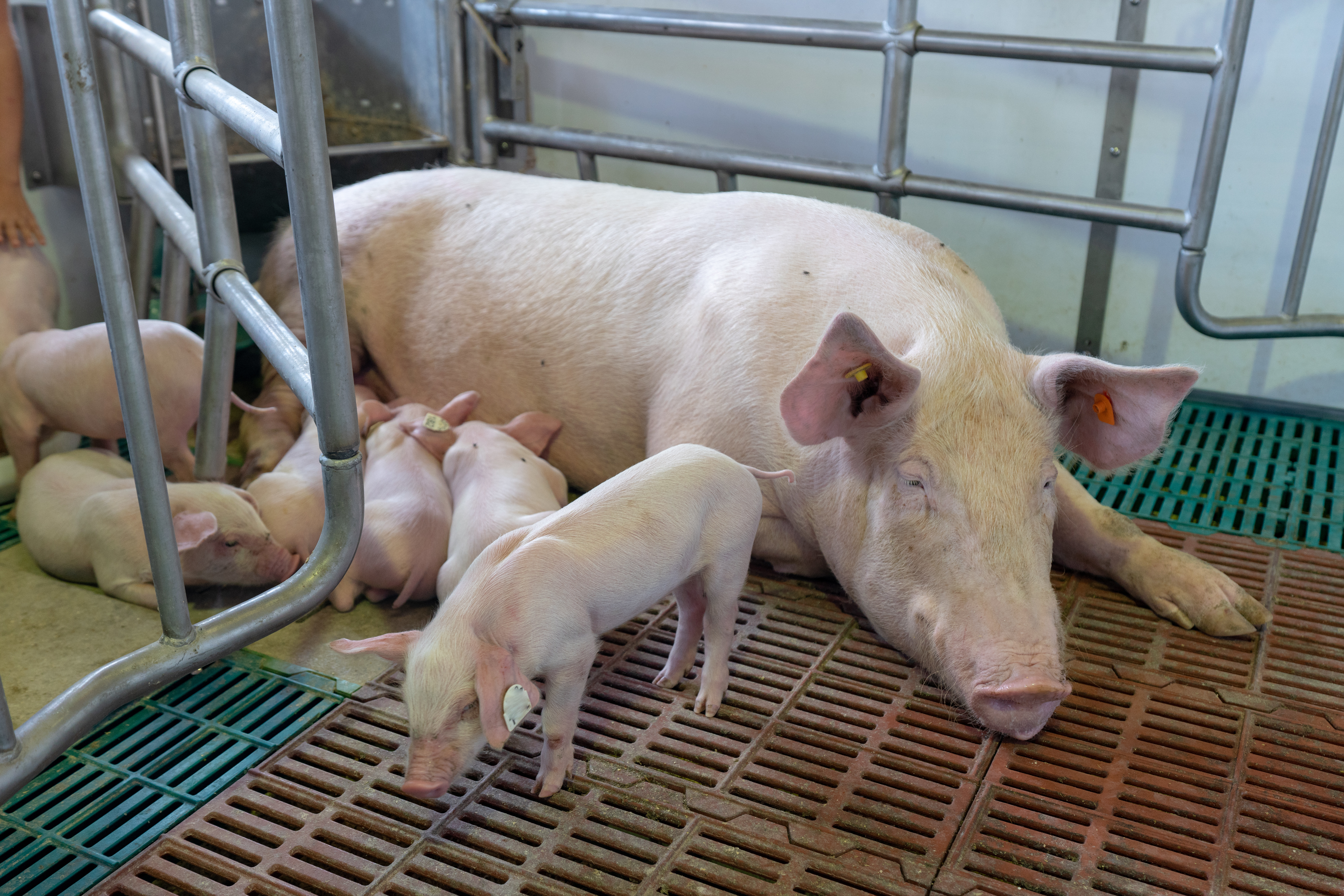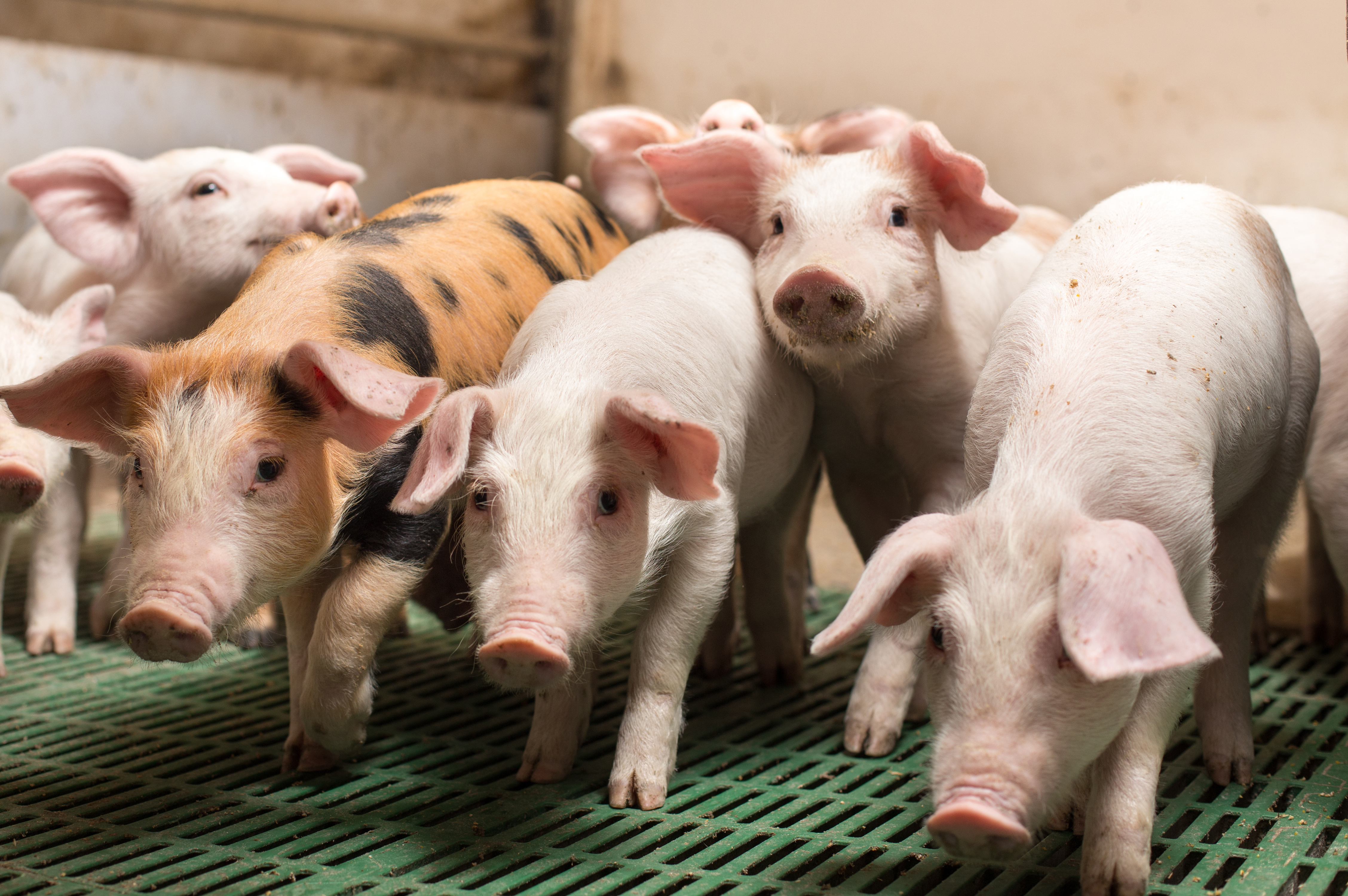



Solutions for ending painful piglet procedures: teeth reduction
The 3T's Alliance has published its latest conclusions on efficient solutions to end teeth reduction in piglets and young pigs.Part of Series:
< Previous Article in Series Next Article in Series >
The 3Ts Alliance members have drawn on collective experience and resources in identifying specific solutions for each of the painful piglet procedures. Case study examples of solutions in practice are outlined in the World Animal Protection global business case ‘Sharing Success’.
The Alliance emphasises the importance of keeping teeth intact in the interest of overall animal health and welfare. All teeth reduction methods, including clipping and grinding, cause pain and are a potential vector for infection and therefore a risk factor for antibiotic overuse.
Sow comfort and motherability
Since teeth reduction may mask wider welfare and productivity problems, solving these underlying issues can be more successful in minimising damaging behaviour than teeth reduction. As such, many producers have found ending teeth reduction and managing the risks to be more successful than continuing to reduce the teeth. Resolving underlying issues moves towards optimal litter performance and includes improving sow comfort, milk production and welfare and reducing pre-weaning mortality. Examples of phasing out teeth reduction occur widely in Europe and also companies such as BRF, JBS, Betagro and CPF are transitioning to phase out teeth reduction. See the World Animal Protection business case, ‘Sharing Success’, for examples.

Avoiding hyperprolific sows is one of the most important solutions which directly helps to minimise the risks of sow and piglet injury by using sow genetics that better match the number of piglets to functional teats and avoids low birthweight piglets. This approach can significantly reduce pre-weaning mortality, sow uterine prolapse and mortality. Producers should aim for optimum litter size weaned rather than maximum litter size. Selecting for good motherability of sows and ultimately moving towards free farrowing systems (which correlate with increased milk production) can also be part of the solution.
Solutions to address underlying inadequate sow milk production include focus on optimal transition and conditions during farrowing and lactation. Providing nesting material (ideally in free farrowing systems) stimulates nesting and the process of milk production, plus a calm environment with improved sow feeding, climate, comfort, and water throughout lactation rather than a sole focus on piglets. Lying behaviour of the sow and manure consistency are good indicators of sow comfort. Checks should also be made for predictive or clinical signs of mastitis and other illness causing reduced milk production. However, it was reiterated that usually too many piglets is the fundamental issue in hyperprolific sows (see above). A guidance note and practical decision tree tool for sow and litter management is available from World Animal Protection.
Lactating sow comfort can be challenging in tropical and sub-tropical climates, but good management can enhance feed intake and enable adequate milk production. Examples include well-adjusted ventilation, diet refinements, cooling sows via cooled drinking water, periodic water sprays and/or cooling heads via fans. High humidity remains challenging and under sow cooling pads can work very well. Further research for lower cost cooling pads or technology for heat exchange from sow to piglets may be mutually advantageous.
Adjusting sow diet for the various stages of gestation and lactation can be beneficial and feeding lactating sows up to 5 times daily as well as liquid feeding (common in Europe, though may not be suitable in tropical climates). Feeding mostly at night is practised in tropical climates (e.g. in Vietnam). Diets with lower crude protein levels and increased levels of antioxidants, supports better consumption and reduced digestive heat. Also, it is important to have a proper transition diet from gestation to lactation (e.g. with increased levels of fibre) to stimulate increased feed intake of sows and hence, increase milk production.
Closer management and improved nutrition of sows with large litters is required to meet their needs. Cross-fostering is not optimal for sows or piglets and would not be required if optimal genetics were utilised. However, where milk replacer is not possible and cross-fostering is used, it should be done within the first 24-48 hours to avoid excessive litter aggression. It is important that staff are trained to use the best practice techniques relating to split suckling or nurse sows.
Adequate staff numbers and skills to monitor farrowing, lactation and suckling are important. Staff education and training can prevent and identify risk factors and issues before the onset of damaging behaviours with attention to the needs of the sows. Attention should be given to best practice recruitment, training and retention of such staff.
Consumers are often not aware of painful procedures on pigs or associated risks, antibiotic use and welfare issues but World Animal Protection polling results show that when informed, they are very concerned and may change where they shop as a result. The Alliance agrees that proactive retailer leadership is increasingly expected and appreciated by other players in the value chain. Action to end painful procedures is essential to manage risk of association with negative welfare practices and to meet consumer expectations.
World Animal Protection would like to invite you to join a free webinar to hear more about how pig producers are tackling critical welfare issues in the farming of meat pigs. We present Sharing Success: The global business case for higher welfare for pigs raised for meat.
Join pig welfare experts and thought leaders to hear how pig welfare is good for business. Register for free now to join the one hour webinar at Europe / Stockholm Time 1600hrs November 26th OR Europe / Stockholm 0800hrs November 27th
Registration link for both here: https://worldanimalprotection.clickmeeting.com/












